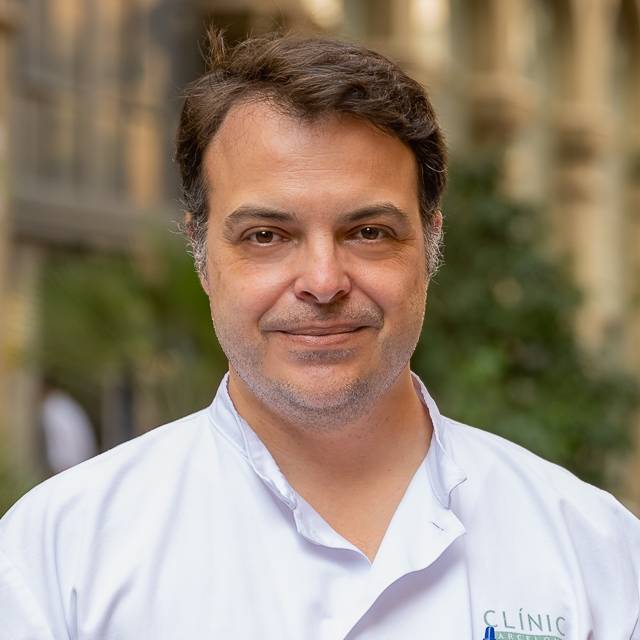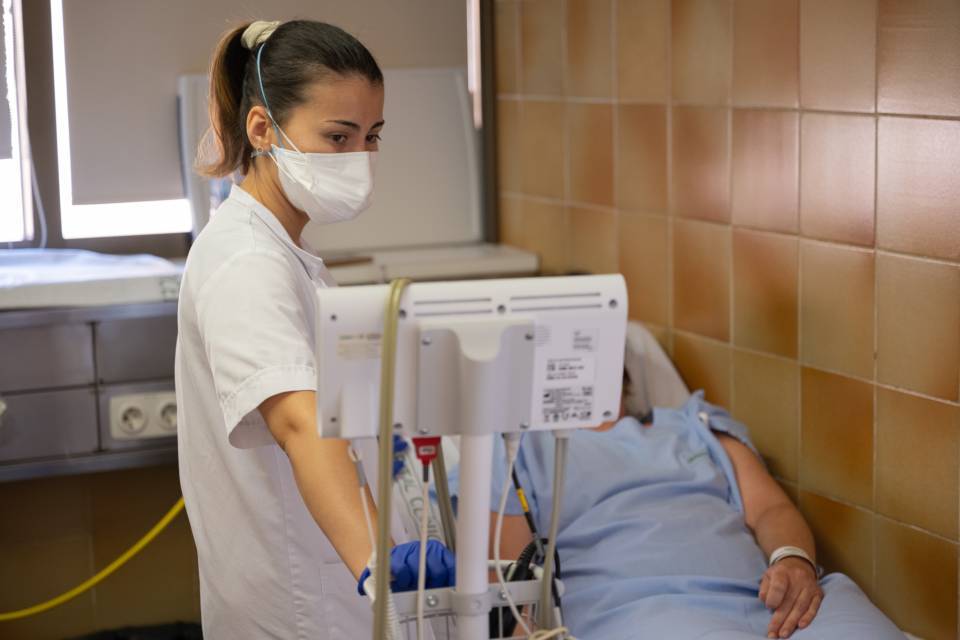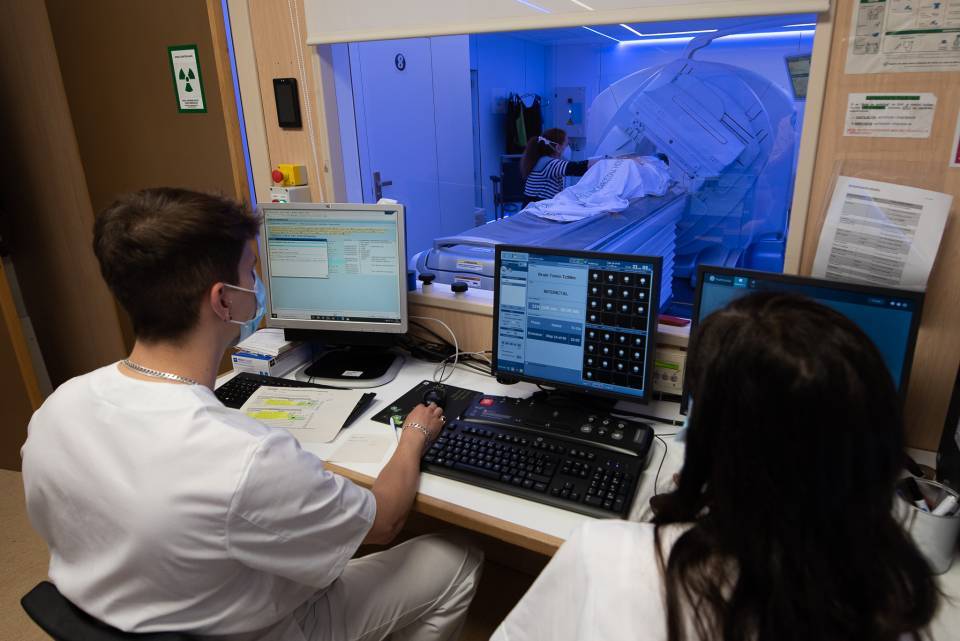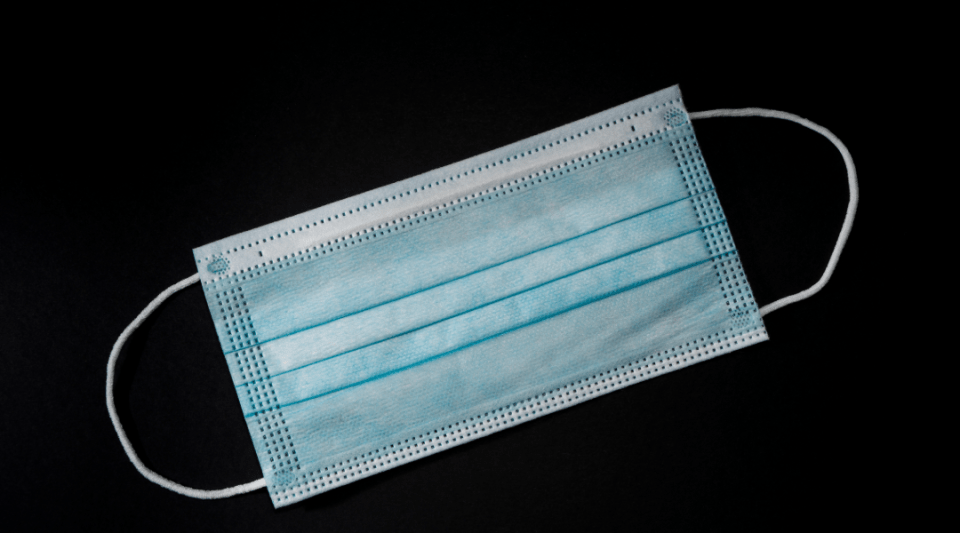This marked the end of a journey that began a year earlier for the A&E Department’s Clinical Toxicology Unit, when a 23-year-old tourist with no relevant medical history was treated for a severe episode of psychomotor agitation one hour after consuming four “HHC” gummies that she had purchased in a cannabis shop in the city of Barcelona. Two days later, two more women were admitted to the Hospital Clínic A&E Department with similar symptoms, presumably caused by consuming the same gummies, also purchased at a similar establishment. The cases were immediately reported to the Barcelona Public Health Agency (ASPB), which acted to remove these products from sale. They were also reported to the Spanish Early Warning System (SEAT) of the National Plan on Drugs, the Ministry of Health, and the EU Drug Agency (EUDA), the body that strengthens the EU’s capacity to respond in drug-related matters, particularly with regard to new psychoactive substances (NPS).
After these first cases, 20 more patients were treated at the Hospital Clínic’s A&E Department in 2024. Perhaps the most notable outbreak occurred on 21 June, when a 25-year-old tourist was admitted in the early hours of the morning with a severe episode of psychomotor agitation, followed by a depressed level of consciousness that lasted about 12 hours. When he woke up, he explained that an hour before the symptoms appeared, he had had "a bite" of a gummy purchased at another cannabis shop in Barcelona, with the suggestive name, “Kings THC-P Watermelon 150 mg”. Interestingly, thanks to the WhatsApp group for members of the Clinical Toxicology Working Group of the Catalan Emergency Medicine Society (SoCMUE), two more cases were identified that same day in other A&E departments in Barcelona, related to the consumption of the same product. As in the previous cases, they were reported to the health authorities, and to the Spanish and European agencies.
What are HHC and THC-P?
Both HHC and THC-P are cannabinoid molecules, in other words similar to those found in the marihuana plant (Cannabis sativa), but with the particularity that they are synthesized from a “natural” derivative of cannabis (known as CBD, or cannabidiol), whose structure is modified to achieve a higher psychotropic potency than that of conventional cannabis. They are, therefore, semi-synthetic molecules, to differentiate them from synthetic cannabinoids, in whose synthesis no derivatives of the plant are used. These new molecules appeared on the European market shortly after the COVID-19 pandemic and are not only found in edible products, but also in vaping products. Obviously, distributors are unaware of or ignore the health risks of these products, and take advantage of legal loopholes to market them online without any public health guarantee. Moreover, due to their novelty, they cannot be detected easily in biological samples, as standardized patterns are required to identify them.
Early detection of new psychoactive substances in A&E departments
However, thanks to the reporting of cases of intoxication last year, the sale of these products was finally banned.
This small example highlights the importance of the early detection of new psychoactive substances in A&E departments, as well as collaboration between hospitals, public health agencies and early warning systems, both national and European, to prevent the consumption of edibles freely acquired in shops leading to A&E department visits.





